2019 Trends for Seniors
BY: ZACK MISKEL | MAY 30, 2019 – 20 MIN READ

Working with a number of our clients, Antonio & Paris developed the following list of rising trends centered around older adults. From consumer product upgrades to lifestyle transformations, the overall theme is that of rebirth. No longer is “Over the Hill” a putdown on a black mylar balloon. Many cultures view it as stepping into a new “valley” of one’s life, full of opportunity and attention. Download our report here.
 1. Reinventing the Wheel
1. Reinventing the Wheel
Companies are taking notice of the high number of caregivers (professional and family) rising around the world, and the heroes are stepping up their game to redesign their tools to fit this emerging role in society. Gillette’s Treo, the first razor for assisted shaving, won numerous awards for its empathetic design. The company invested heavily in researching each aspect of the assisted-shaving process. As men are usually shaved in bed and away from a source of water, Gillette swapped foam for gel, enlarged the razor guard to prevent hair clogging, and changed the razor’s angle so the shaver can hold it like a pencil. In our current era of computer programming, redesigning a tool that has been around for centuries shows real innovation. It tells the caregiver that they are noticed, their needs will be anticipated and fulfilled.
 2. Finding Purpose Extends Life
2. Finding Purpose Extends Life
In America, the old are often defined by their inability to do things younger people can do. Japan views senior citizens in a much more positive, inclusive light. As the world’s oldest country, their seniors not only live the longest but are less inclined to feel depressed or lonely. This healthy mental state is due to the Japanese outlook on aging and the importance of ikigai in one’s life. Ikigai can be translated as a robust passion for life, sparked by hobbies, family, or work. As Japanese citizens retire, they begin a conscious re-evaluation of their life’s purpose and their role in society. What guides this repositioning is a desire to be useful—to their family, friends, and community at large. In turn, this feeling of usefulness drives their sense of identity and perceived social value. Multiple studies in Japan have shown the positive impact a strong ikigai has on physical health and longevity.
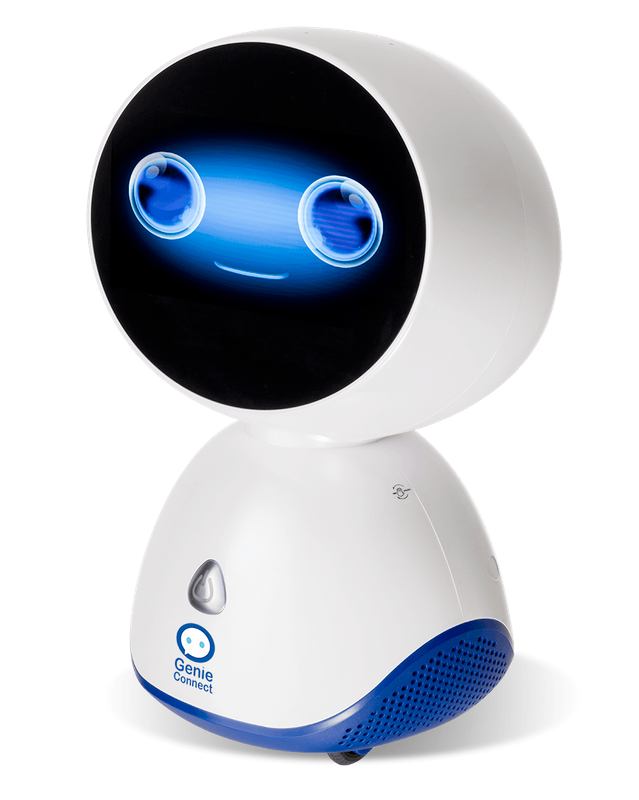 3. Robotic Remedies
3. Robotic Remedies
Over the past decade, certain portions of the public have viewed advancements in automation and robotics as a threat to their job security, when in fact they should be seen as opportunities for menial laborers to move to more specialized or skilled careers. Robotics in senior care should be seen not as a replacement for caregivers, but as a tool to improve the level of care. Service Robotics Limited has recently created Genie Connect, “a companion robot service that uses a friendly, intuitive, voice-enabled robot to offer connectivity and support […] to older adults.” Genie Connect can hold conversations; host video chats with family, friends, and doctors; and remind users when it’s time for medication or scheduled appointments. While many of these features can be found on a smartphone, the friendly design of the robot is more appealing to seniors and those with cognitive impairments. Genie Connect also has a positive impact on users’ mental health. The Alzheimer’s Association’s research study proved regular social interactions and brain-stimulating activities enable patients to maintain healthier cognitive functions.
 4. Savvy Seniors
4. Savvy Seniors
The smartphone adoption rate is the highest among older age groups at nearly 10%. With more and more seniors moving to smartphones, the world of apps available can help combat issues with health, mobility, and loneliness, which can plague seniors. One such app is Embark, designed to mitigate confusion and misinformation of public transportation and route planning by displaying real-time updates to bus, tram, and train schedules. Another app, Veyo, partnered with Uber to get seniors to and from non-emergency medical appointments. However, staying connected to a social network remains seniors’ primary goal. While Facebook is the most commonly used platform, seniors are adapting to Twitter and Instagram to stay in tune with younger friends and family. Instagram use alone is up 15% over the past five years, from a paltry 6% of senior users to now 21%.
 5. Moving Urban
5. Moving Urban
No longer is the preference for seniors to stay in the home where they built memories and a family, nor is it to move to the peaceful countryside. Researchers are finding that once retired, seniors are moving to the city. In urban areas, senior citizens contribute to nearly one-third of all renters’ applications. They desire the accessibility and interaction that cities offer in high supply. Bus stops have covers to protect from the elements, grocery stores have handicap checkouts, and the number of services that deliver straight to your door is endless (Grubhub, Postmates, Caviar). When anything is deliverable, seniors feel less isolated. The number of cultural and community events keeps them socially engaged. Cities offer high walkability scores, eliminating the need for a vehicle and lessening maintenance expenses and insurance costs. They can walk to the opera, a play, lunch with friends, or grab an Uber or Lyft.
 6. Bankruptcy Stealing the Future
6. Bankruptcy Stealing the Future
From 1991 to 2016, the percentage of those 65 or older filing for bankruptcy increased by 204%. The average negative net worth of those individuals was around $1700. With increased healthcare costs and diminishing pensions, this trend is not going away any time soon. Many individuals are simply one medical incident away from declaring bankruptcy. Health care on average consumes 41% of a senior citizen’s social security, which is often their only source of income post-retirement. Living longer has also increased health care costs, putting a strain on retirement savings. A couple entering retirement together at 65 is recommended to have $280,000 saved for medical expenses alone. For those who do not meet the recommendation, credit cards are often their only remedy until inevitably filing for bankruptcy. While increasing education outreach on future planning is essential, many older adults are already in debt too far to save themselves.
 7. Financial Safeguards
7. Financial Safeguards
The finance industry has deemed the baby boomers and prior generations “the Silver Economy,” viewing them as loyal, financially stable, and a valuable investment. Eversafe, an east coast start-up, is gaining trust and loyalty from seniors by helping protect them from financial abuse and fraud. In recent years, phishing, fake viruses, and fraudulent charities have replaced the traditional aggressive door-to-door sales tactics. EverSafe’s services include alerting family members of suspicious activity on the financial accounts of older account holders before problems can escalate. Customer bank accounts are analyzed daily, with alerts sent to assigned family members if necessary. Banks have a responsibility to step in and anticipate people’s diminishing cognitive faculties. Financial tools can employ tweaks and nudges that make up for human tendencies for short-term priorities at the expense of long-term planning.
 8. Senior Media
8. Senior Media
Although seniors prefer television over any other medium for entertainment, time spent on the internet (51%) has surpassed television (37%). Seniors are also using the internet daily (94%), more than even television (88%). Newspaper and radio daily usage both represent just under half of the senior population, although 9 of 10 say they still use traditional AM/FM stations over satellite radio. So with increasing internet usage, what are seniors doing online? 87% say they use social media, and of those, 93% are on Facebook. To no one’s surprise, men and women use social media for different purposes. Men prefer to find updates on news, sports, and entertainment, while women used Facebook, Pinterest, and Snapchat for connectivity.
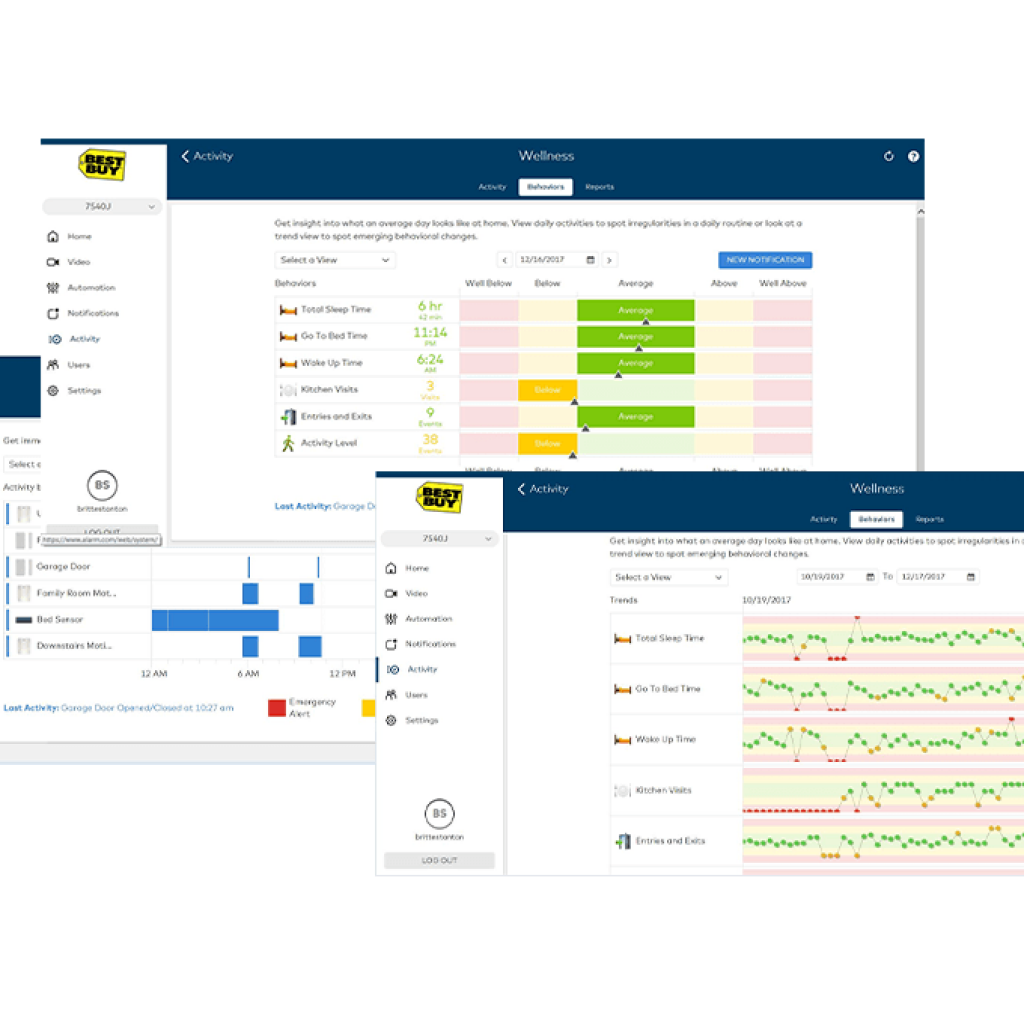 9. Investments in Aging
9. Investments in Aging
Best Buy, the consumer electronics supplier, is making strong moves toward becoming a leading senior care provider. One of its offerings is Assured Living, a subscription-based home monitoring system to alert adult children of worrisome actions of their parents. The service includes a series of smart devices and habit-learning algorithms using motion detectors in windows, doors, and furniture to track parents’ movement, as well as smart door locks and lighting systems. Best Buy has also purchased GreatCall, a mobile phone and app developer specifically designing technology (including wearables) for older adults. It has even dedicated a division of its website to “Senior Care Solutions.” With the lack of representation of seniors in American media and advertising, age champions like Best Buy are sure to gain recognition and praise.
 10. Gaming Grandparent
10. Gaming Grandparent
More than 25% of the gaming community is now over 50 years old, and this trend is likely to continue increasing as gaming has proven to raise happiness and cognitive skills while diminishing the chance of dementia. Studies show that playing video games five days a week increases grey matter in the hippocampus and cerebellum, both markers for neurological disorders. Not only are “silver gamers” multiplying, but they are also pretty skilled on those “sticks.” Those aged 60 to 85 that play 12 hours a month were able to reverse brain aging and even beat 20-year-olds playing the game for the first time. Shirley Curry, better known as “Skyrim Grandma,” has symbolized the adaptive nature of her generation. Gaming company Bethesda immortalized her in their newest game, creating an interactive character in her image. Again, another company proving celebration, not denial, is paramount to progress.
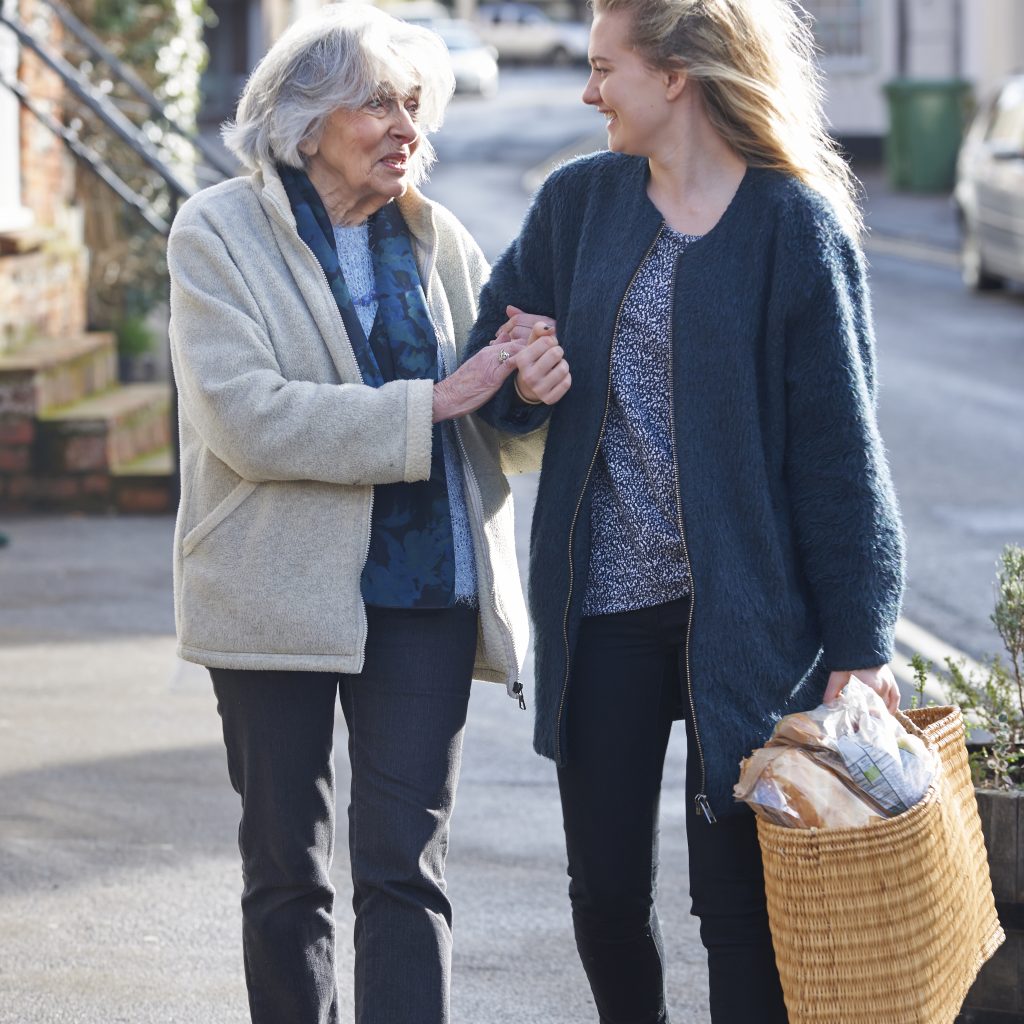 11. Foreign Affairs
11. Foreign Affairs
A state-funded pension system grants retirees in the Netherlands an income quite comparable to what they made when employed, greatly reduce money worries. Another Dutch program offers university students free housing at select nursing homes if they commit to spending 30 hours a week socializing with their elderly neighbors. Social interaction decreases loneliness, which has been associated with higher mortality. Holland is also home to the first “Dementia Village,” where more than 150 residents are treated to reminiscence therapy. Homes are designed to reflect the period in which their short-term memories stopped functioning correctly. The village includes a town square, garden, post office, and theater. A CC camera system monitors the residents’ activity along with the help of 250 nurses and specialists dressed up as mail carriers and store clerks. Residents show improved appetites, longer lives, and require less medication, especially antipsychotics. As dementia becomes more prevalent with higher life expectancies, innovative nonchemical treatments will be on the rise.
 12. Health in Hand
12. Health in Hand
Seniors have been steadily converting to wearable technology to monitor their vital signs, holding 17% of the present-day consumer market. The Apple Watch was recently FDA-approved to be the first direct-to-consumer product to measure the wearer’s electrocardiogram and alert them of rapid or skipped heartbeats. Many wearables can also send captured data to physicians, helping to record and monitor patients’ health. However, some older-tech wearables, like hearing aids, still hold stigmas for other adults. Over 48 million Americans currently experience hearing loss, and 80% of them do nothing about it for this exact reason as well as the high cost. EARGO has developed fully in-ear affordable hearing aids for mild and moderate hearing loss. Due to their physical qualities, wearables have a substantial rate of adoption by older adults.
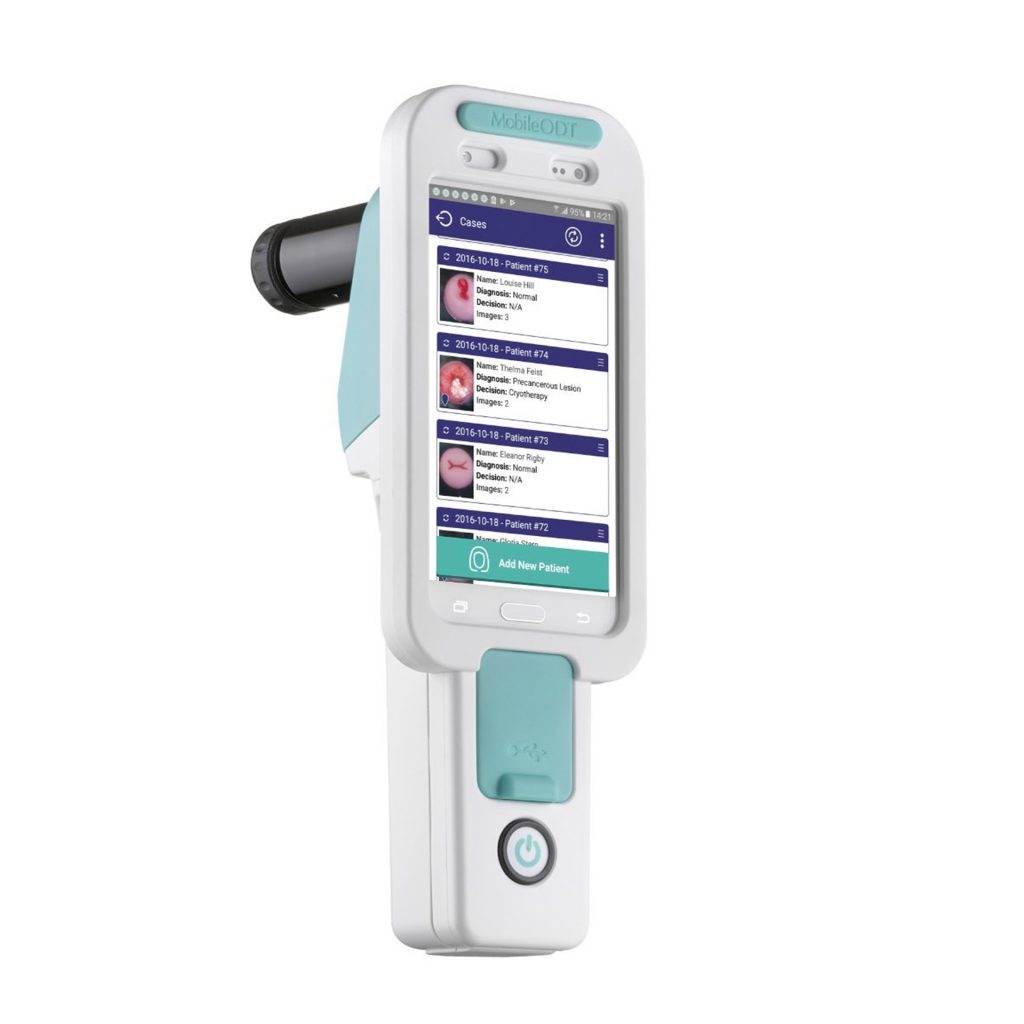 13. Mobile Checkups
13. Mobile Checkups
Social determinants of health are an increasing topic in the health care industry and a significant influence on the growing number of mobile clinics. They explain how genetics and medicine are not the only factors in a person’s health; circumstances like insurance, finances, mobility, and language are vital components as well. The University of Maryland offers preventive services at barbershops and beauty salons. Instead of having to deal with the health care system, neighborhood residents can have their blood pressure or glucose levels checked while getting their hair cut. MobileODT has created the EVA System, a handheld colposcope that can take high-quality images of the cervix by a non-expert health care provider and then send high-quality images to medical experts. Redesigning medical tools means unlicensed professionals can administer care and testing. This affords doctors and nurses more time to lead their staff and see more patients. Telemedicine has also helped increase the care of seniors who would have otherwise not seen a doctor because of mobility issues and cost. By removing these barriers, seniors are now being monitored and cared for more frequently, increasing preventative measures and early detection, and decreasing costs like invasive procedures.
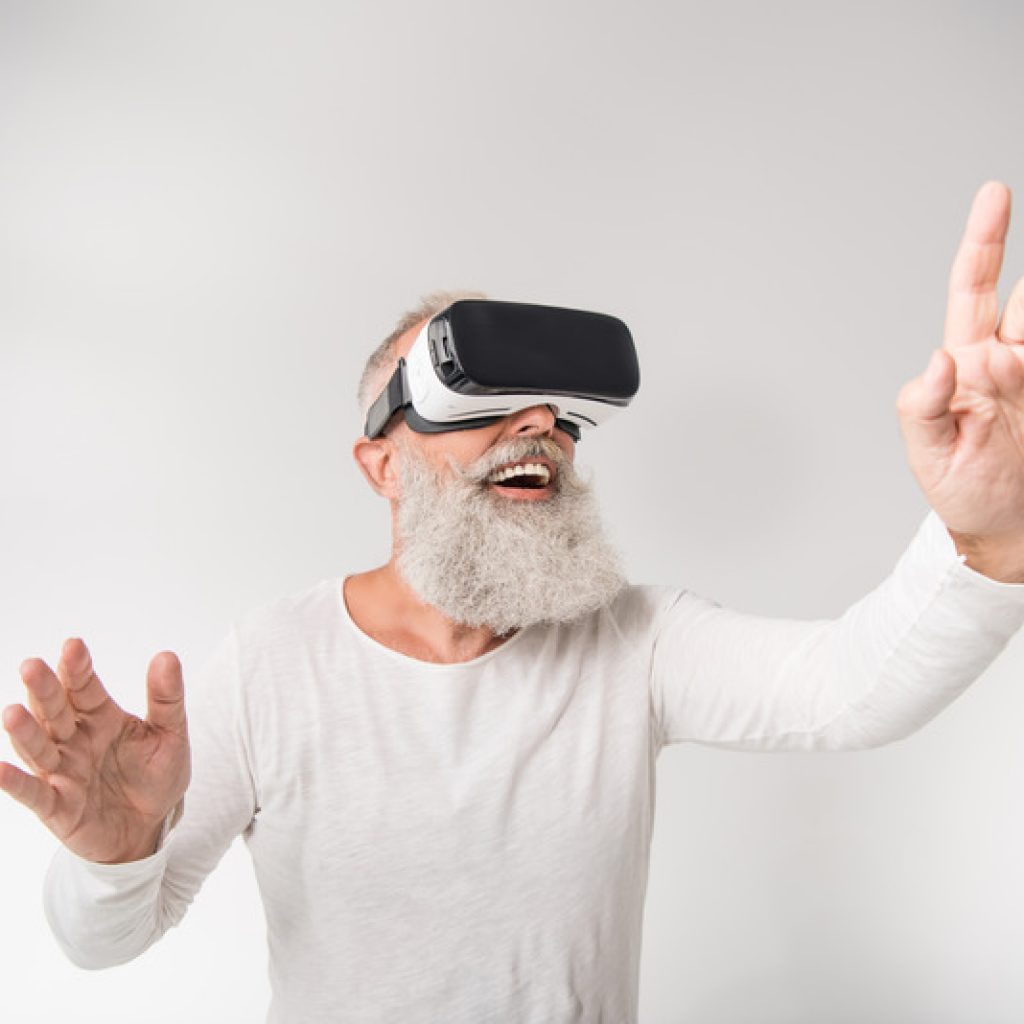 14. Traveling in Place
14. Traveling in Place
A leader in the senior care VR space, Rendever specifically targets senior living communities in an effort to improve residents’ overall happiness through the use of its virtual reality product. Combatting the claim that 50% of all senior case residents experience depression or isolation, Rendever works to connect, inspire, and remind residents through their VR world. Take a stroll down memory lane and revisit your wedding venue. Join those in the room for a hike up the Swiss Alps. Alternatively, like many recently, immerse yourself in the action and head to the streets to watch the Super Bowl parade live. Pretending has been linked to practicing and has been proven to help people overcome struggles. Shy users might find spending time in a virtual crowd helps them open up to those around them.
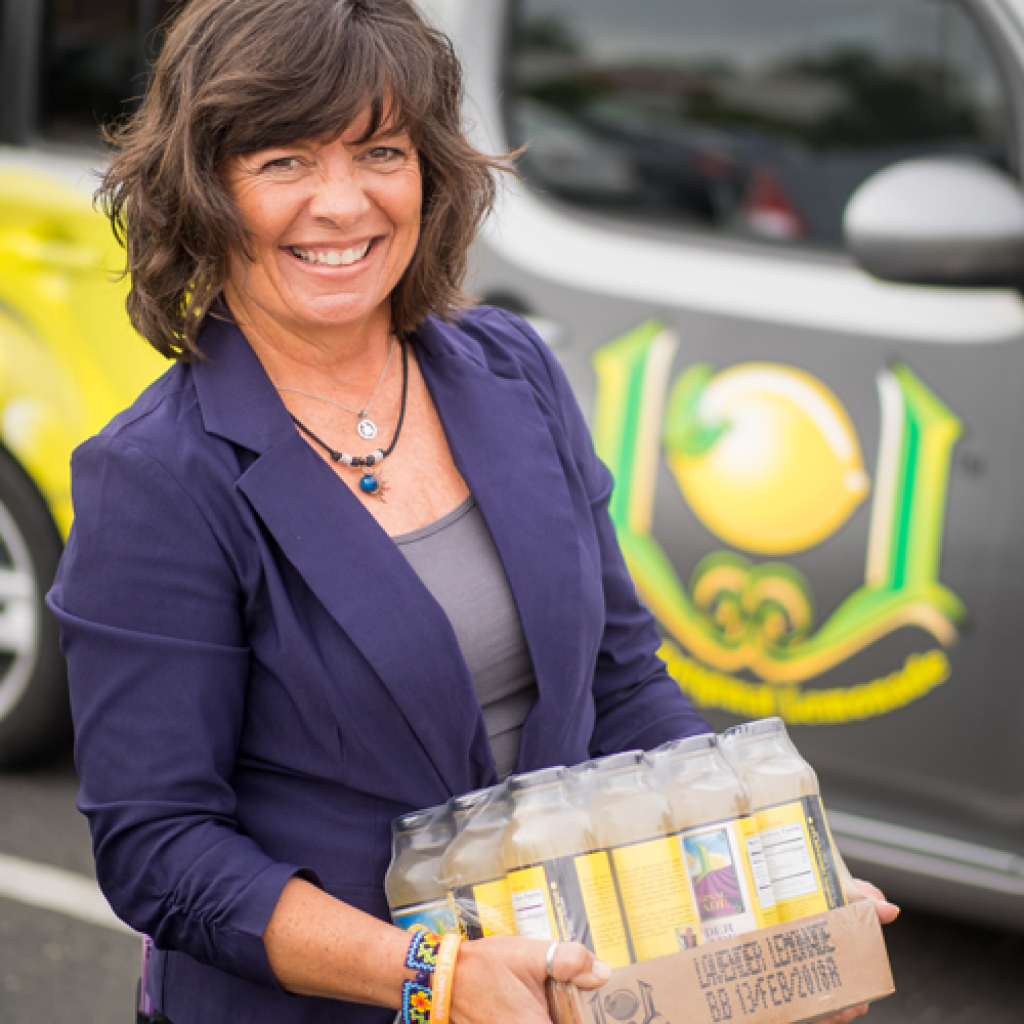 15. Reverse Retirement
15. Reverse Retirement
Work does not always stop with retirement; one-third of those who retire eventually return to work. Moreover, it is not just the lower or middle classes that return to work; approximately 35% of upper-class individuals who retire go back to work. Why return? For some, the obvious answer is a need for income. For others, it is a sense of purpose, a feeling of community, or human interaction that top the list. McDonald’s and the AARP recently teamed up to help fill these needs for seniors and the predicted 250,000 open jobs this summer. Other organizations like the EnCorps STEM Teachers Program help individuals who have worked in STEM fields transition into teaching roles. Entrepreneurship is another path helping seniors rejoin the workforce, allowing them to be their own bosses and draw upon their expertise to build a company. Lori Volk, for example, built a lemonade brand now widely distributed at various grocery chains. Retirement for some can lead to ditching the career that felt necessary and diving into the one that feels good.

WRITTEN BY
Zack Miskel
Short Bio — Zack joined the Antonio & Paris team at the beginning of 2019 after spending the previous five years running two start-up companies in the Bay Area Now a strategist, Zack works alongside the strategic planning team at Antonio & Paris to deliver a big-picture perspective for clients such as MINI USA, Barco (Belgium), and Brookdale Senior Living, to name a few.

WRITTEN BY
Zack Miskel
Short Bio — Zack joined the Antonio & Paris team at the beginning of 2019 after spending the previous five years running two start-up companies in the Bay Area Now a strategist, Zack works alongside the strategic planning team at Antonio & Paris to deliver a big-picture perspective for clients such as MINI USA, Barco (Belgium), and Brookdale Senior Living, to name a few.

